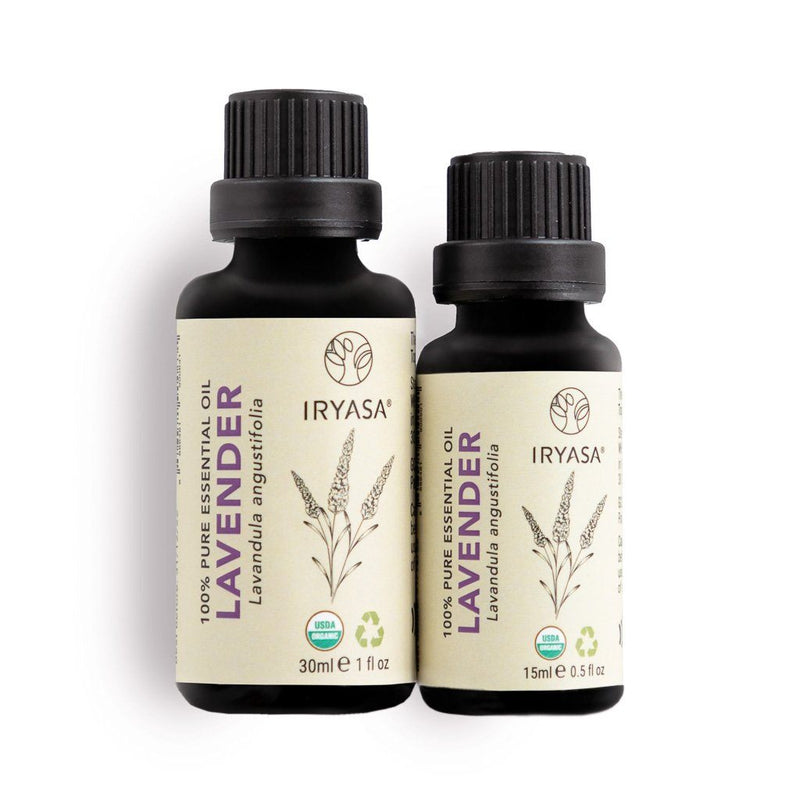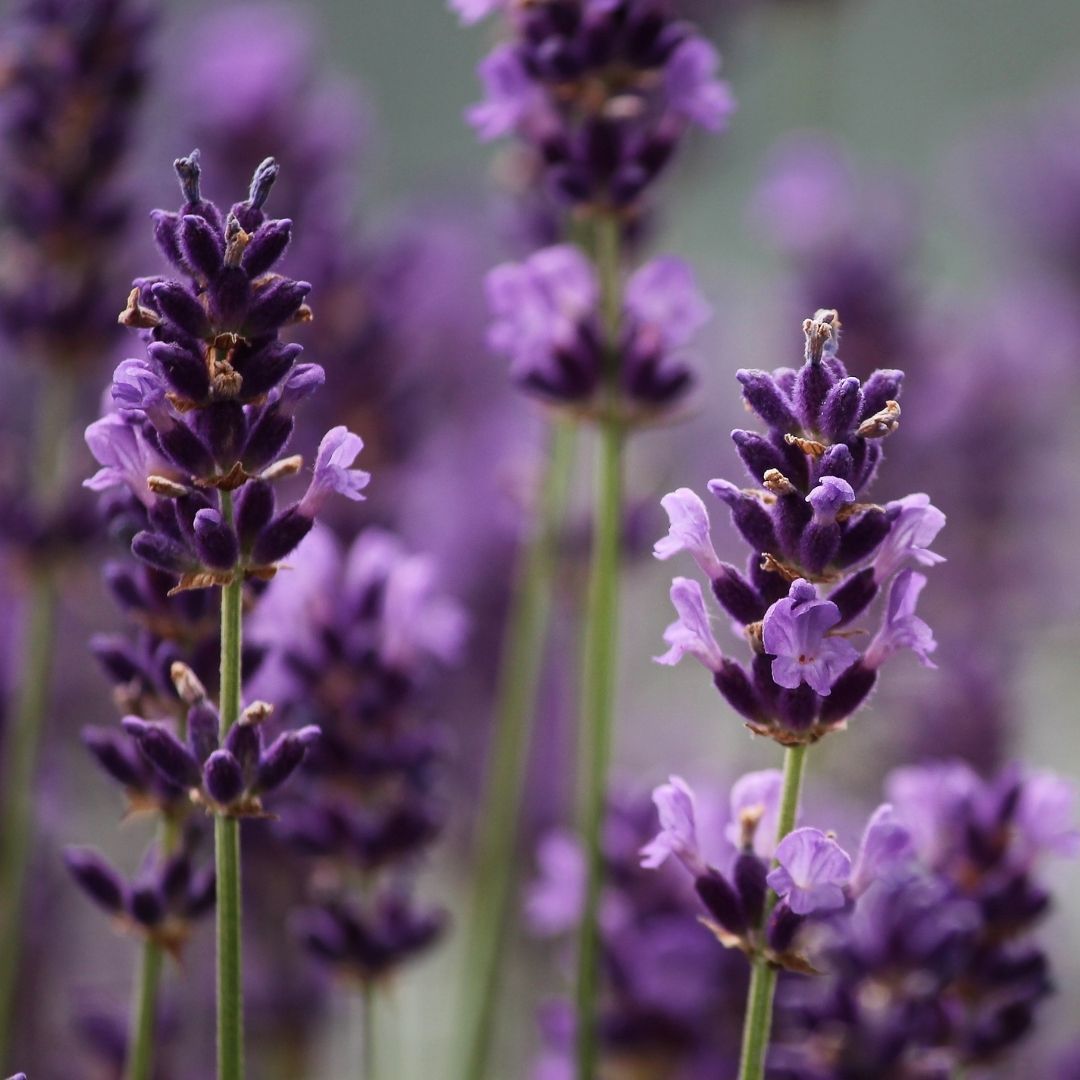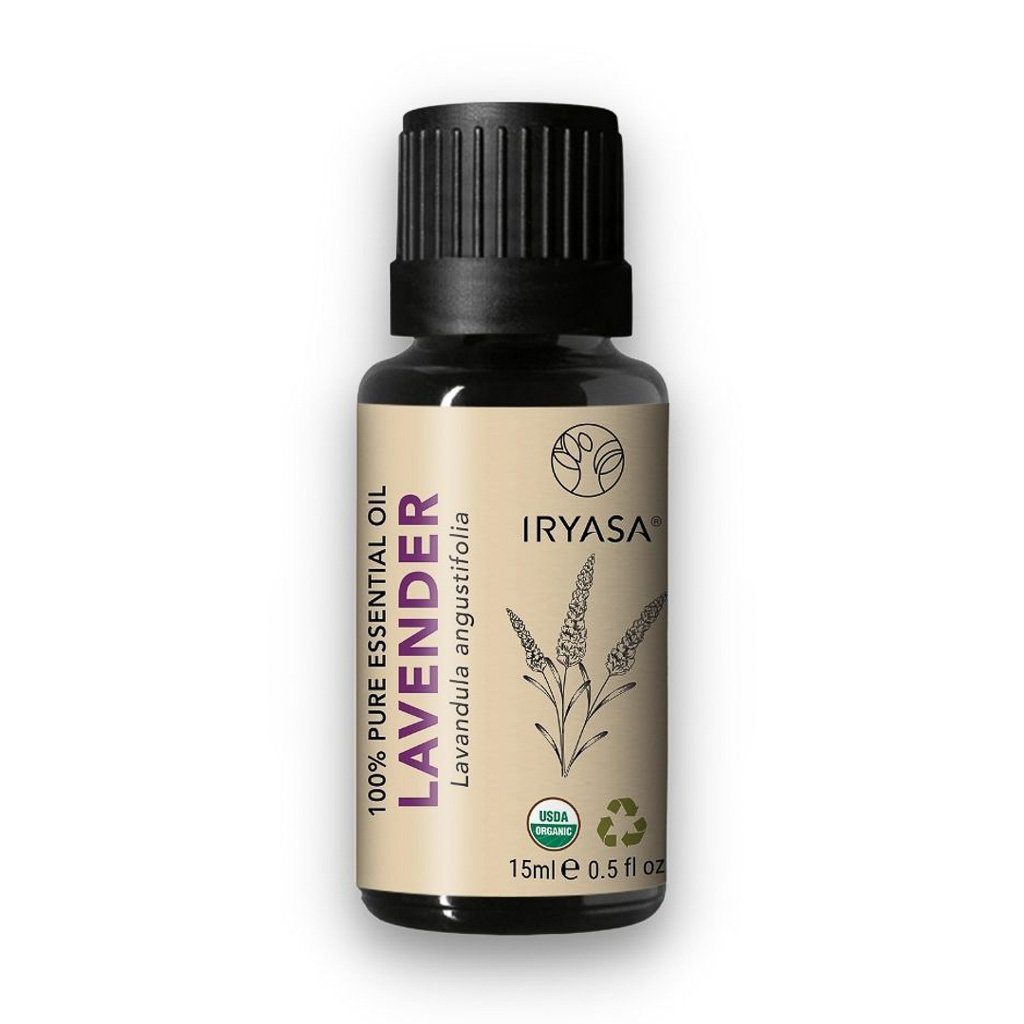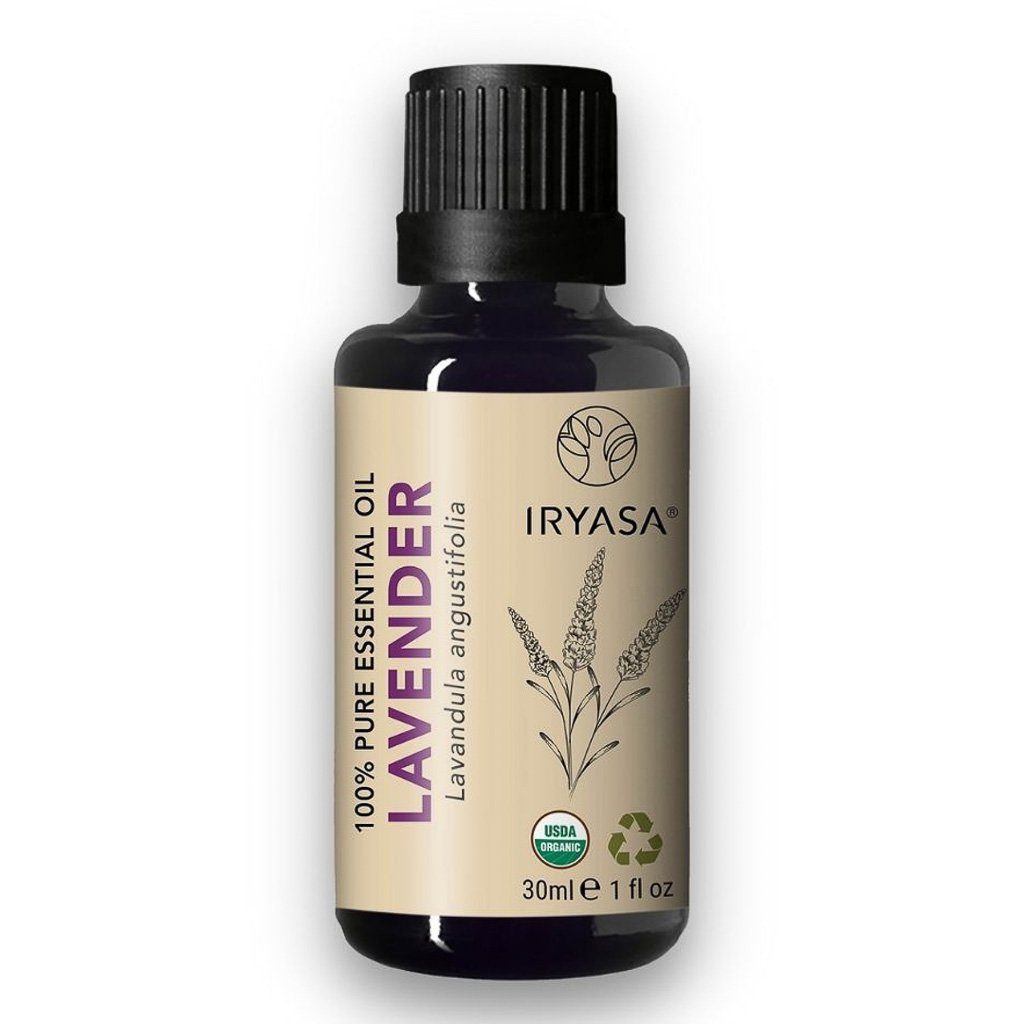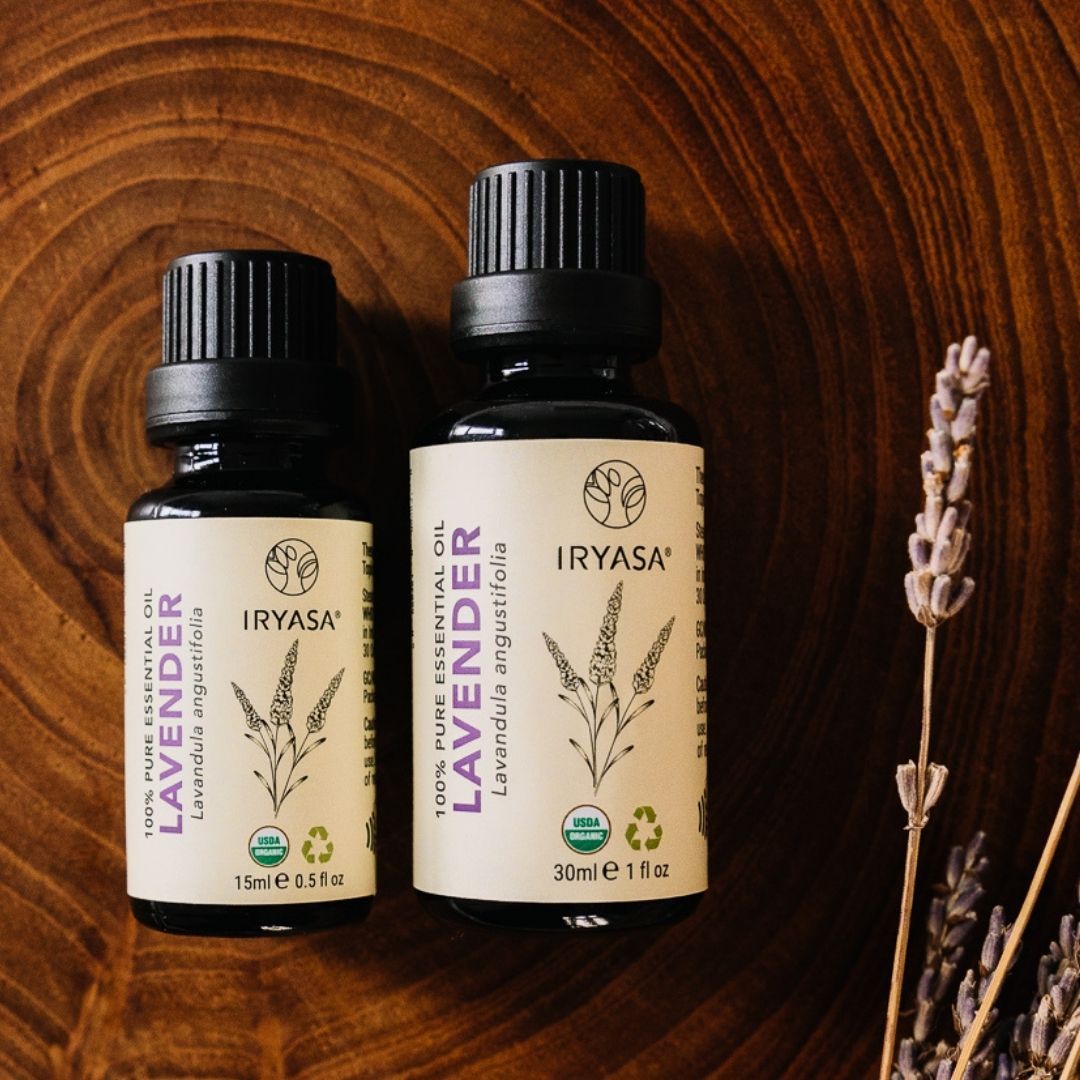- A non-toxic, non-sensitising & non-irritant oil that relaxes and calms the nerves; reduces stress, tension and fatigue; promotes a restful night’s sleep
- Provides soothing comfort for minor skin abrasions, irritations, cuts and burns
- Added to a massage oil blend, it reduces muscle soreness, aches and pains
- Improves scalp health and promotes hair growth
- A universal favourite and a must-have for every aromatherapy enthusiast!
Note: Our 15ml and 30ml sizes are packaged in biophotonic glass and powered with NFC for exclusive product experience














